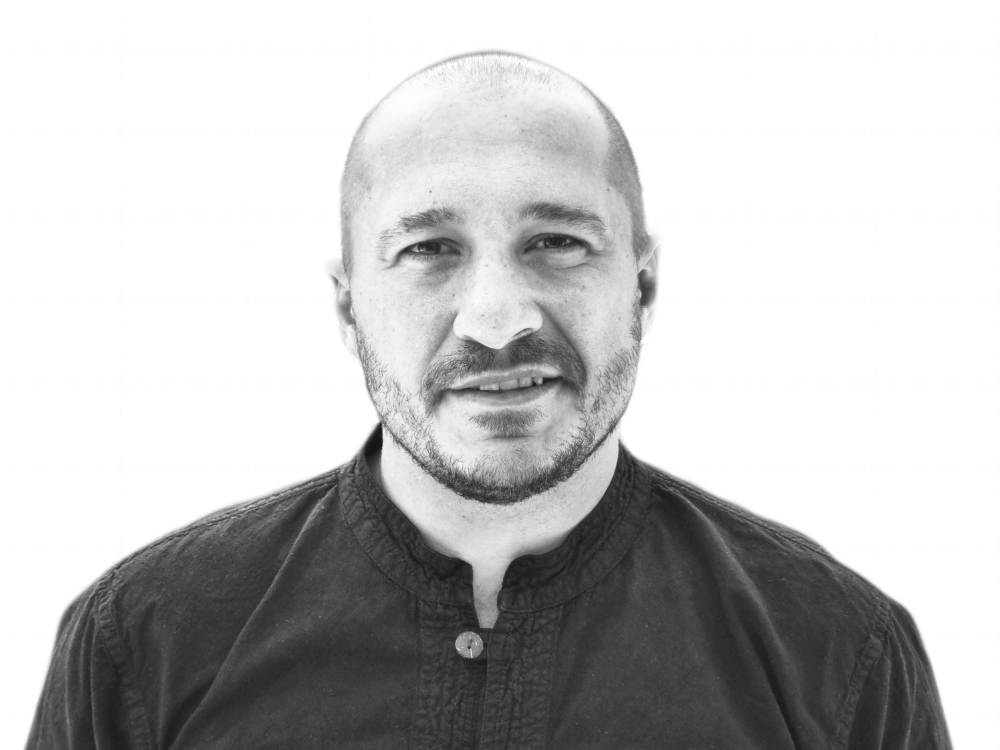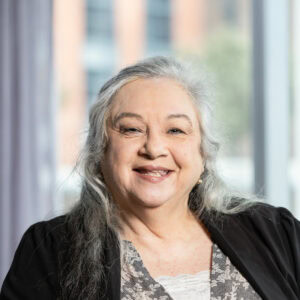With an updated version of the Green Star rating system under development, I have had the privilege of leading a team of volunteers in the development of a category within this tool entitled ‘positive’. A name which at first I found myself somewhat resistant to, but that in time I have come to embrace as a mantra for how we can shape our buildings going forward.
Below are some of my personal perspectives on the themes that emerged through the category development, and how they may shape our role as the built environment in South Africa.
The nuts and bolts:
The positive category quite simply “encourages a positive contribution to key environmental issues of carbon and water”. Credits in the category include:
- Upfront carbon (materials and construction impact)
- Operational carbon (energy consumption impact)
- Other carbon (refrigerants & other carbon impacts in the lifecycle)
- Water use
Whilst these concepts are by no means new to the sustainability movement or the Green Star rating system, it is the way that they are implemented in the tool that I feel has real potential.
A focus on performance
We will see the measured utility performance of buildings playing a very important role going forward. This is driven by many factors including the introduction of Energy Performance Certificates (EPC’s) in the South Africa, and a strong push for Net Zero Carbon trajectories. Whilst currently the focus is largely on energy, the same trend will no doubt follow for water.
As such, designers will need to become more proficient at quantifying the operational impact of buildings upfront as clients request alignment with targets. The new rating tool will seek to close the gap as far as possible between predicted and actual performance in this regard. A gap that in the past has received a fair amount of criticism in green building rating tools internationally.
Positive buildings – self reliant, but also giving back
When we think about how a building integrates into its surroundings, we often think first about how the surrounding services can serve the building, e.g. energy and water infrastructure. We are now moving into a world however where buildings can meet much of these needs themselves. And as our buildings become less reliant on surrounding infrastructure, it opens up space for a conversation on how the building can contribute back to the community it serves.
In some respects, the analogy of our buildings growing from teenagers to adulthood could be applied. As a teenager, we are very much reliant on our support systems. As we grow into adults, we become more integrated into society as a productive part. Able to take care of our own needs, whilst contributing to the collective. This is the vision we have for positive buildings of the future.



